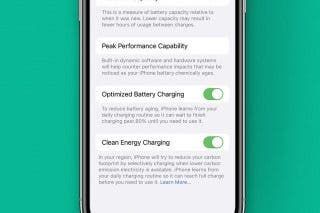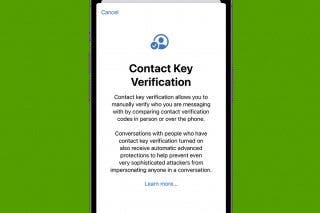USB-A vs. USB-C: What's the Difference?
Which cable is better, USB-A or USB-C? Let's talk compatibility, data transfer, power delivery, and more.


What To Know
- USB-A ports are ubiquitous, present on charging blocks, computer equipment, gaming consoles, and in cars, but not on most of Apple's newer Macs.
- USB-C can transfer data faster than USB-A and is compatible with Thunderbolt 3.
- USB-C to Lightning cables support Apple's Fast Charge feature, and can fully charge your iPhone more than 30 minutes faster than a USB-A to Lightning cable can.
- USB-C supports higher video transfer quality (4K) than USB-A.
USB-A cable vs. USB-C cable; both cables charge, transfer data, and connect devices, but how are they different? Let's learn about these two USB types, and which is better, USB-A or USB-C?
USB-A vs. USB-C: What's the Difference?
Let's begin with the basics; what does USB stand for? USB stands for Universal Serial Bus; a bus is a connection used to transfer power, data, or both between devices and peripherals. USB is an industry standard that specifies protocols for data and power delivery for 14 different types of connectors and counting. USB cables connect computers, other devices, and peripherals.
USB-A is the first generation of USB, released in 1996, and USB-C is the latest. Both USB-A and USB-C charge, transfer data, and connect devices, but how are they different? Let's learn about these two USB types, and what the differences are between these iPhone charging cords. For more great Apple charger cord and adapter articles, check out our free Tip of the Day.
What Is USB-A & What Is USB-C?
Both USB-C to Lightning and USB-A (version 2.0 and later) to Lightning cables can be used to charge your iPhone, iPad, and other Apple devices and accessories, but that's not all! You can use your USB-A or USB-C connecter to transfer photos, videos, files, and more between devices.

A cable with a USB-A connector on the left and a Lightning connector on the right.
So what is USB-A? A USB-A cable has a USB-A connector on one end, which fits into a USB-A port. This connector is rectangular, and can only be inserted one way. A USB-A cable can have all sorts of other USB connectors or a Lightning connector at the other end, depending on its purpose.

A cable with a USB-C connector on the left and a Lightning connector on the right.
A USB-C cable has a USB-C connector on one end, which fits into a USB-C port. This connector is oval-shaped, and can be inserted face up or down. USB-C cables can have different USB connector type, a Lightning connector or another connector type at the other end of the cable, depending on its purpose.
Related: USB-C vs. Thunderbolt: What's the Difference?
USB-A vs. USB-C Cable Overview
Here are the differences between USB-A and USB-C cables at a glance.
Most USB-A types can usually, but not always, communicate with earlier versions at the lowest common speed. However, USB-A 3.0 and later can often not communicate with a USB-A 1.0 or 1.1 host device, even though the USB connector and port match physically. USB-C performs all the functions of USB-A as well or better.
| USB-A 1996 | USB-A 1998 | USB-A 2000 |
USB-A 3.0 2008 |
USB-A 2013 | USB-A 2017 | |
| Max Power | N/A | N/A | 2.5W | 4.5W | 4.5W | 7.5W |
| USB Support | USB 1.0 | USB 1.1 | USB 2.0 | USB 3.2 Gen 1 (USB 3.0) | USB 3.2 Gen 2 (USB 3.1) | USB 3.2 Gen 2 (USB 3.1) |
| Data Transfer Speed | 12 Mbps | 12 Mbps | 480 Mbps | 5 Gbps | 10 Gbps | 20 Gbps |
| USB-C 2017 | USB-C 2019 | USB-C 2022 | |
| Max Power | 100W | 240W | 240W |
| USB Support | USB4 | USB4 | USB4 2.0 |
| Data Transfer Speed | 20 Gbps | 40 Gbps | 80-120 Gbps |
USB-A vs. USB-C Power Delivery
USB-A 2.0 and later cables (with a Lightning or USB-C connector on the other end) can power your device. A USB-A to Lightning cable can charge your iPhone battery 30% in 30 minutes, and fully charge your battery in about an hour and a half.
USB-C cables can carry up to 100 watts of power, and support Apple's fast charge feature. To fast charge your iPhone, you'll need an iPhone 8 or later and a USB-C to Lightning cable with a USB-C power adapter that delivers up to 240W. The fast charge feature can recharge your iPhone's battery up to 50 percent in only half an hour, and a full charge in a little under an hour.
USB-A & USB-C Data Transfer
Sorry, USB-A cable, the USB-C beats you in upload and download speeds, as well! The USB-C cable supports USB4 specification, the latest update that enables the highest USB bandwidth to date, and offers up to 40Gbps of data transfer speed. Meanwhile, USB-A cables, depending on the version, perform at a maximum of 20 Gbps.
USB-A & USB-C Cable Compatibility
For now, most computers and many peripherals still have a USB-A port, but Apple in particular is phasing out USB-A in favor of USB-C ports. USB-A will stick around for years to come, but the USB-C connector is becoming universal and is supported by newer PCs and Android phones, as well as the Xbox Series X, Nintendo Switch, the PS5, and even the iPad Pro 3rd generation and later, and the latest iPad, iPad Air, and iPad mini. Next, learn more about the new iPhone charger cable or a USB-C to Lightning converter.
Top image credit: doomu / Shutterstock.com

Leanne Hays
Leanne Hays has over a dozen years of experience writing for online publications. As a Feature Writer for iPhone Life, she has authored hundreds of how-to, Apple news, and gear review articles, as well as a comprehensive Photos App guide. Leanne holds degrees in education and science and loves troubleshooting and repair. This combination makes her a perfect fit as manager of our Ask an Expert service, which helps iPhone Life Insiders with Apple hardware and software issues.
In off-work hours, Leanne is a mother of two, homesteader, audiobook fanatic, musician, and learning enthusiast.

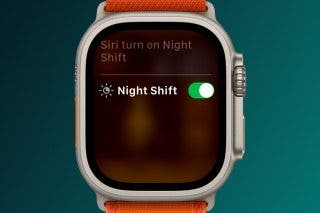
 Rhett Intriago
Rhett Intriago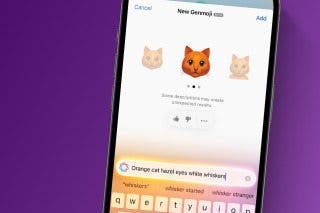
 Olena Kagui
Olena Kagui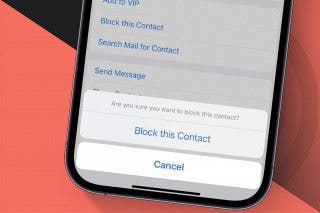
 Leanne Hays
Leanne Hays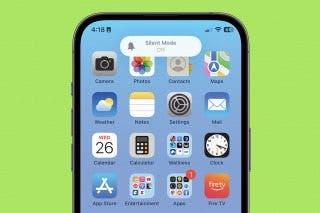
 Rachel Needell
Rachel Needell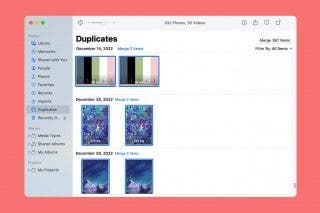
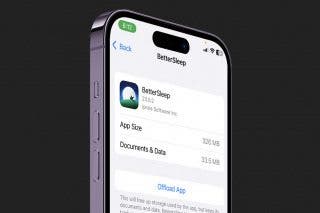
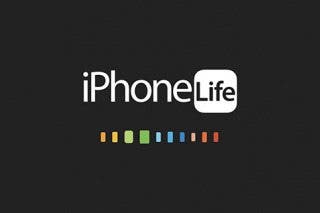
 Susan Misuraca
Susan Misuraca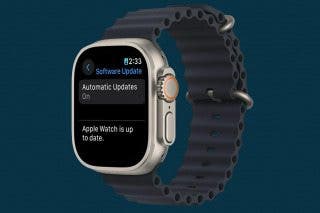


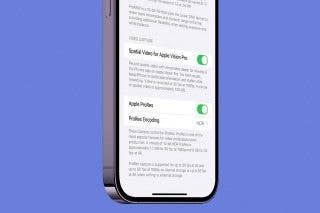

 Hal Goldstein
Hal Goldstein